Miele washing machine does not drain water
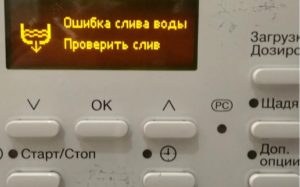 It is not difficult to suspect problems with drainage: the Miele washing machine does not drain water and stops with a full tank. This kind of problem occurs rarely, but it causes a lot of trouble. Several failures and breakdowns lead to drainage failure at once - diagnostics will help to more accurately determine the “culprit”. We’ll look at how to do it and what’s needed to fix it in step-by-step instructions.
It is not difficult to suspect problems with drainage: the Miele washing machine does not drain water and stops with a full tank. This kind of problem occurs rarely, but it causes a lot of trouble. Several failures and breakdowns lead to drainage failure at once - diagnostics will help to more accurately determine the “culprit”. We’ll look at how to do it and what’s needed to fix it in step-by-step instructions.
How does the malfunction manifest itself and why did it appear?
It is almost impossible to miss a breakdown in the drain system. With this failure, the Miele washing machine will behave “suspiciously” with many telling “symptoms”. So, something from the list will definitely appear:
- the drain will be very slow, and instead of 2-3 minutes it will take 5 or more;
- software failures will become more frequent - cycle settings will suddenly “fly off”;
- the started wash will stop at drain and the system will generate an error;
- the water will not always drain: sometimes it goes down the drain, sometimes it remains in the drum;
- when switching to rinsing, the washing machine will stop;
- spinning will not start after washing.
Running a Miele with a problem drain is dangerous - it can lead to leaks and short circuits!
As a rule, the program takes an unusually long time, or the washing machine stops with a full tank. In the latter case, the situation is complicated by the laundry locked in the drum - without draining, the hatch will not open for safety reasons. Several reasons can lead to such problems:
- the pipe leading from the tank to the pump is clogged;
- a foreign object is stuck in the pump;
- the drainage filter is clogged and does not allow water to pass through;
- the pump broke down and stopped pumping out water;
- the central drainage system, sewer pipe or siphon is clogged;
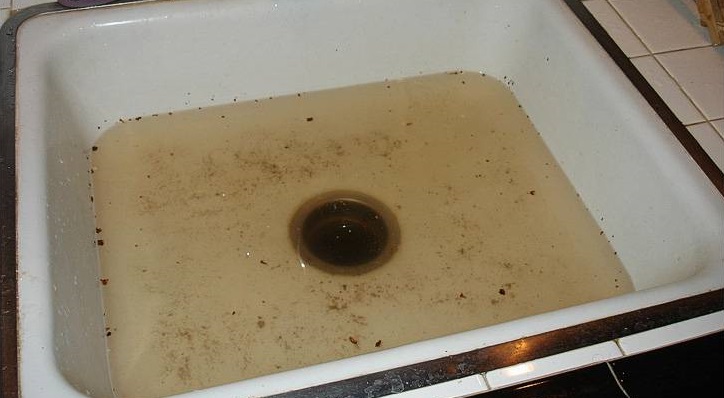
- the drain hose is clogged.
The answer to “what to do” is obvious - sequentially check all elements of the drain system by cleaning the Miele drain. Modern machines are able to determine the breakdown themselves: the self-diagnosis program will display an error code on the display. The user will only have to decipher the combination and narrow down the troubleshooting field.
The fluff filter is clogged
Most often, a clogged garbage filter is to blame for a non-functioning drain. Cleaning it is not a difficult task; even a beginner without experience can handle it with his own hands. The main thing is not to deviate from the instructions. The first step is to take care of safety: turn off the water supply and disconnect the equipment from the power supply. Then we get to the filter.
- Pay attention to the lower right corner of the case.
- We find the false panel, hook it with a screwdriver and disconnect it from the body.
- We tilt the machine back, raising the front legs by 4-6 cm.
- Place a flat container under the filter plug.
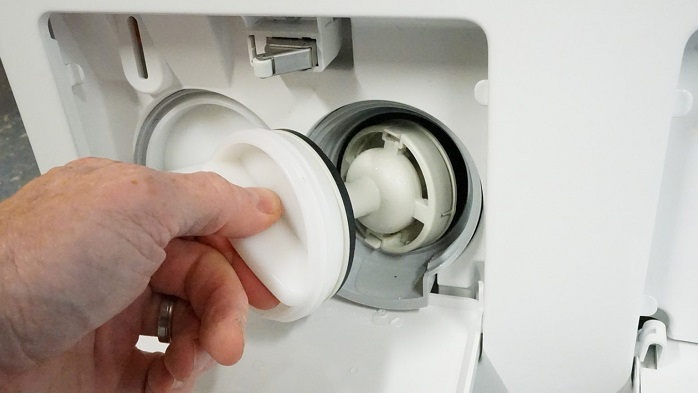
- We put old rags nearby.
- Slowly unscrew the nozzle, holding the protruding part.
- We are waiting for the water to pour out.
- Remove the filter completely.
The removed filter must be thoroughly cleaned. First, large debris is removed, and then the rest of the dirt and plaque is removed with a toothbrush. If the scale layer is very thick, it is recommended to soak the nozzle for 20-120 minutes in a warm lemon solution.
Do not wash the garbage filter in hot water - at high temperatures the plastic is deformed!
The filter seat must also be cleaned. We go over it with a brush or dish sponge. After all the manipulations, return the nozzle to its place and assemble the machine, proceeding in the reverse order.
The pump has failed
If cleaning the garbage filter does not help to establish drainage, then you need to continue diagnosing the drainage - check the pump and pump impeller. It’s better not to stop immediately after the “trash bin”, but at the same time evaluate the neighboring elements. Especially if the “cleaning” took place a long time ago.
The impeller and pump are located near the filter. If large debris or a skein of hair gets into the drain, it can become jammed. As a result, the blades do not spin, and water is not pumped into the sewer. The pump is checked as follows:
- unscrew the drain filter according to the instructions above;
- We illuminate the vacated filter seat with a flashlight;
- we find the impeller - the blades on the pump;
- We are trying to inspect and spin the blades.
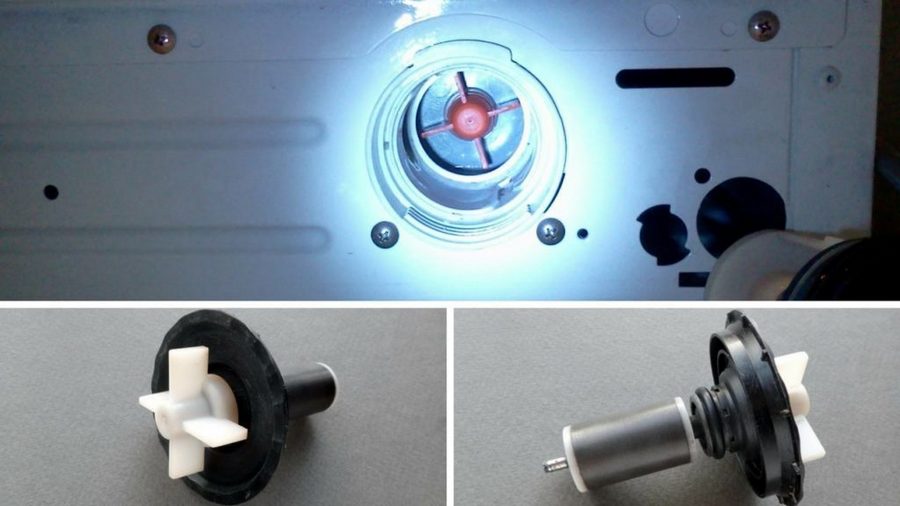
If there is no debris stuck to the impeller and the blades rotate without problems, then the problem is not a blockage. Otherwise, troubleshooting will involve cleaning the parts. When the “cleaning” is complete, we start the test cycle. If the problem repeats, we return to diagnostics.
It is prohibited to repair the pump and impeller with electrical tape or adhesive tape - only replace parts!
We remove the filter again, then run the “Spin” program on the washing machine and observe the reaction of the pump. If the impeller does not start spinning, a breakdown has been detected. Pump repair is not a profitable procedure. It is much cheaper and easier to purchase a replacement pump by purchasing an original spare part for 1-3 thousand rubles. The main thing is to find a trusted supplier and tell the seller the serial number of your existing Miele.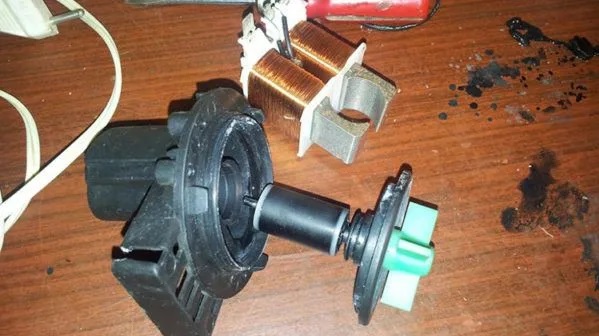
The new pump must be installed in place of the old one. We dismantle the faulty device by disconnecting the supplied wiring, disconnecting the drain pipe and loosening the retaining bolts. Afterwards, we fix the purchased pump in the “socket” and return everything previously removed to its proper place. Don't forget about the test wash. We connect Miele to communications and start an idle cycle. If there are no alarming symptoms, then the repair was carried out efficiently.
Interesting:
Reader comments
- Share your opinion - leave a comment

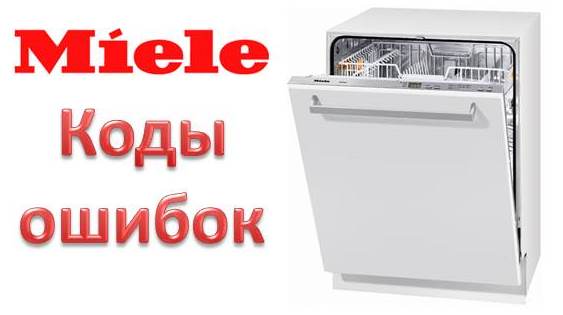
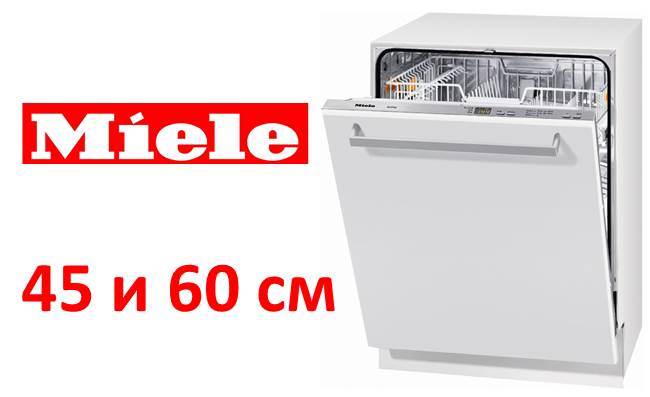
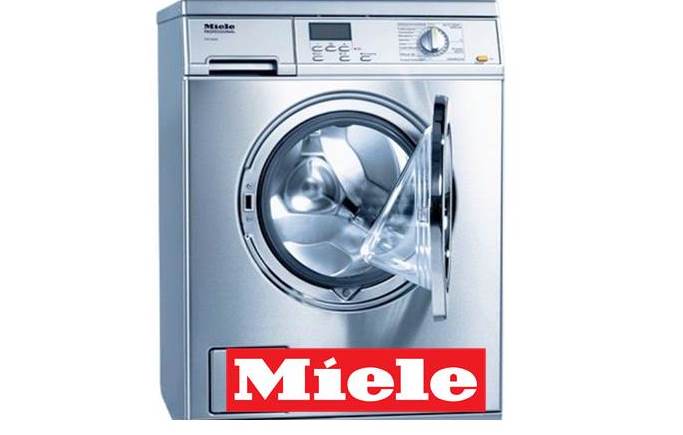

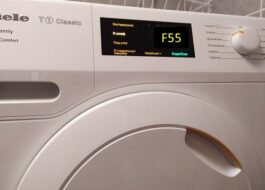















Add a comment